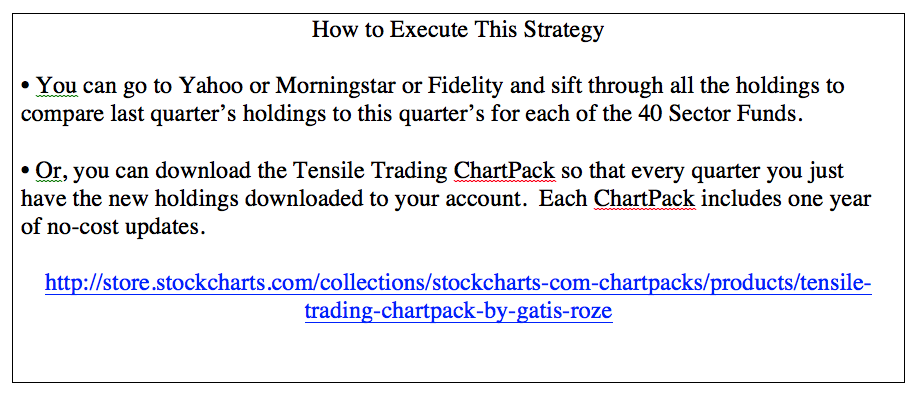
This is a continuation of last week’s popular blog about how individual investors can outperform institutional money managers. For many novice investors, it’s all about their egos. For us seasoned investors, it’s all about stocks that can make us money. We’ll use any and every advantage we can find. So if Fidelity offers us this sort of advantage, we’ll take it. It’s important to remember that many of these institutional managers are in essence trying to maneuver the equivalent of a battleship – one that has an enormous turning radius. They may point in the direction where they want to go, but it will take them a fair amount of time and effort to execute the turn.
On the other hand, we individual investors have an immense advantage in that we are in a virtual canoe and our nimble trades will seldom move the market. We look, we turn, we execute the trade.
You’ll get more out of this blog if you take a few minutes and read last week’s Part I (if you haven’t done so already). These are insights from my updates of Fidelity’s Sector Funds for the past three quarters as I adjusted the Tensile Trading ChartPack to reflect what Fidelity was buying and selling each quarter.
1. When you see an equity such as Conoco Phillips (COP) appearing in the Top 10 lists as a new addition (highlighted with an asterisk *) across multiple Select Sector Funds, that is Fidelity telling us “we really like this stock!” Case in point last quarter: on February 5th, COP traded at $61.53. By May 28th – after 3½ months of Fidelity’s accumulation – it traded at $80.54. I’ll take a nice 31% ride anytime.
2. For those of you who have studied Wyckoff investing strategies, Fidelity’s targeted accumulation campaigns clearly follow a very similar framework which Richard Wyckoff explicitly detailed years ago. What he called “the Composite Operator” is what I am merely relabeling as “Mr. Fidelity”. Tracking these quarterly buys and sells offers us a virtual PhD course on how insiders trade the markets.
3. The insights as to Mr. Fidelity’s campaigns are not limited to the buy side. Equities that drop out of the Top 10 holdings are worthy of study. The distribution (or selling) campaigns are carefully orchestrated. Often, by reviewing these charts, one can clearly witness a stock being held within a virtual sideways trading range but money flow trending negative, day after day as he liquidates his position. Mr. Fidelity maintains just enough buying to prevent a price collapse as he shrouds his true intentions as a seller.
4. For those investors searching for core holdings rather than for tradeables, Fidelity can help out here as well. Over time, the Top 10 holdings in each sector will be labeled with one or more asterisk (*). This quarter was one asterisk (*), next quarter’s new additions will be labeled with two asterisks (**). Those equities that have no asterisks over time are clearly the ones in Mr. Fidelity’s core holdings. Take Select Telecommunications Fund (FSTCX), for example. If you don’t see any asterisks next to Verizon (VZ), you can be pretty certain that this might be a good core holding candidate.
5. Much like Warren Buffett who often negotiates classes of stocks unique to only Berkshire Hathaway, Fidelity too holds similar stocks in some of their Select Sector Funds that are not available to the public or are not traded in the USA.
6. Select Sector Funds tend to be smaller in asset size and therefore more nimble and currently relevant in their buying and selling versus many of the bigger funds. They also seem to be more open to buying up and coming mid-cap stocks breaking out above $10 since liquidity is less of an issue for the funds due to their smaller size.
The bottom line is that if you regularly review each quarter the changes in Fidelity Select Sector Funds top 10 holdings, it becomes highly unlikely that you’ll miss the next “new new thing”, as a book title once coined. Next quarter, I’ll label new buys with two asterisks (**) making it both clear and quick for you to identify new buys.
In essence, you can make it possible for Fidelity to mentor you as an investor and trader by just studying how a savvy institution buys and sells its positions. This knowledge will help you to jump on or off the investment train more profitably.
Trade well; trade with discipline!
-- Gatis Roze







